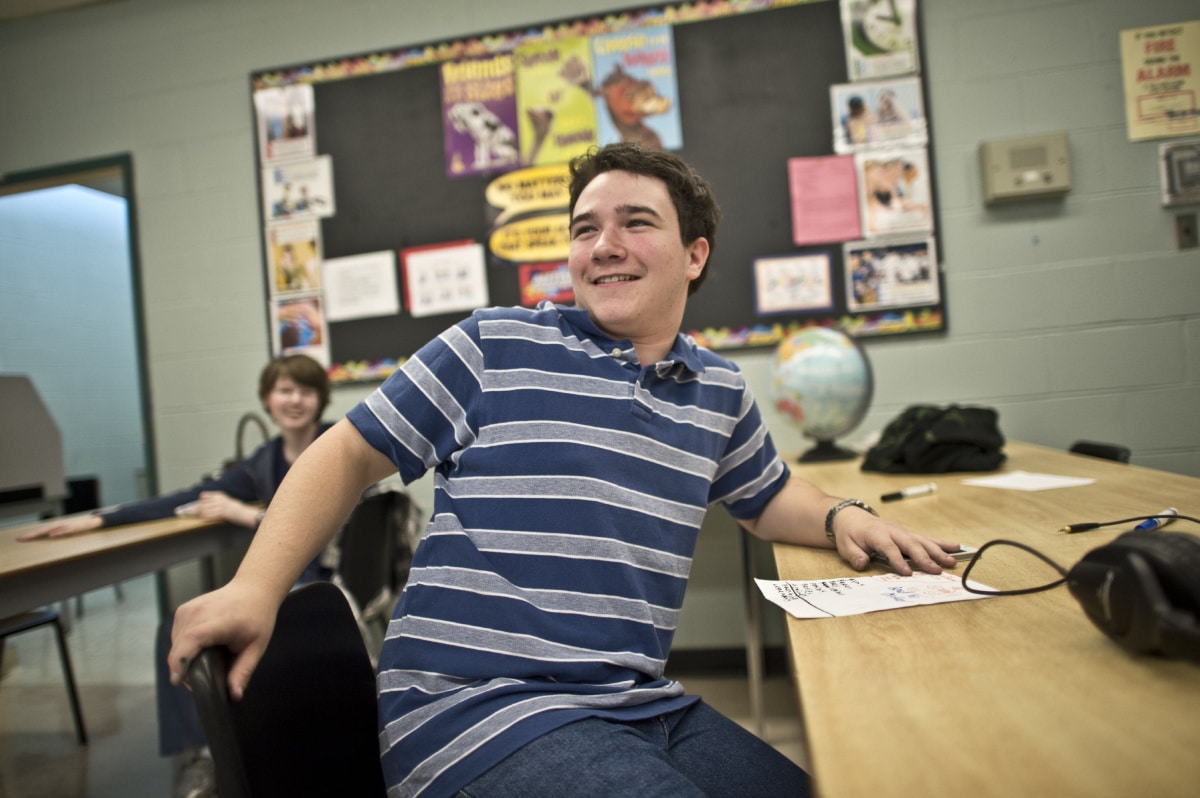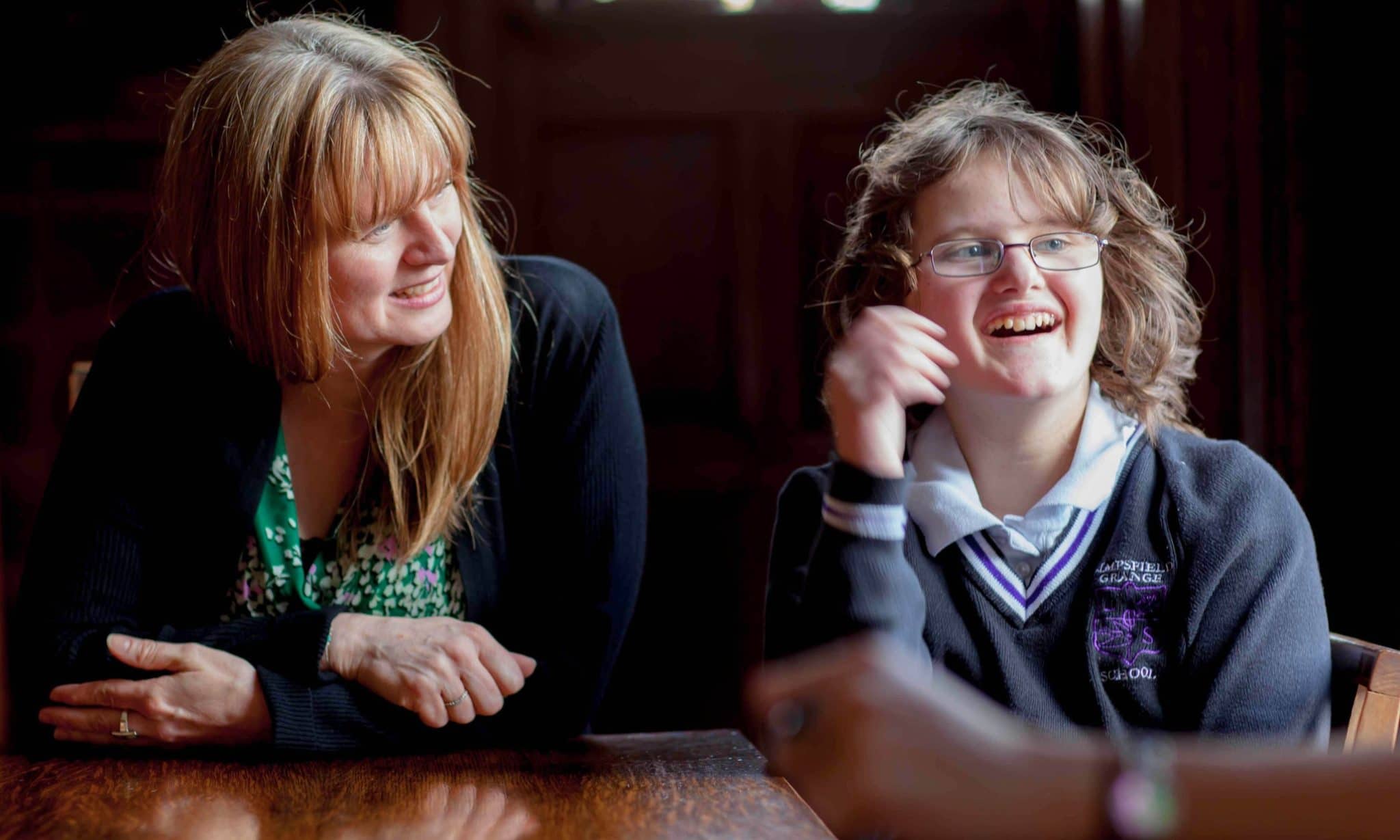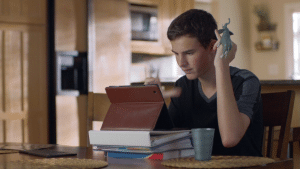
When you can’t connect to your peers socially, it affects not only your self-esteem, but also how you understand lessons, what your teacher says, what your boss says, and how you process directions and instructions. This is why social behavior problems of autistic individuals can deeply hinder their academic success and their school-to-work transition plans. Additionally, children who have significant early social difficulties have been shown to be at risk for later “social and psychological maladjustment, including substance abuse and depressive disorders,” says Stephen Rothenberg, Psy.D. in his essay Playing with Self Esteem: The Importance of Social Skills.
So if developing social skills is so crucial to academic success, independence, and even mental health, how come the autistic community is lacking in social skills curriculum and support programs for school-to-work success? The complex nature of social relationships makes this aspect of autism research somewhat more difficult to study. However, researchers are narrowing down specific points of interest in social skills development, and more and more companies are becoming increasingly open-minded about tailoring hiring practices to the social difficulties of potential employees with autism.
Additionally, some social skills programs have already been proven effective in helping individuals with autism spectrum disorder accommodate their social problems to reach a higher potential. One of these programs is our Circles Curriculum and its practice companion for iPads, the Circles Social Skills Utility™. So let’s break down these programs to figure out why teens and young adults on the autism spectrum need social skills programs like Circles, and why it works:
Why We Need it:
We know that unusual sensory responses and sensory processing disorders (SPDs) can go hand in hand with autism, but another sense, the “social sense” can be inhibited by autism as well. The “social sense” is our intuitive understanding of how to read, reach out to, and successfully interact with other human beings.
When individuals with autism spectrum disorder are infants, they “lack the overriding interest typical infants display for human faces and voices,” and no matter how attached they are to their parent, this results in an initial social deficit that compromises neurological and behavioral development in relation to social skills. In short, the neurological differences of autistic babies contribute to social problems that develop later—and this is why experts are so adamant about early intervention.
One of the biggest social problems that individuals on the autism spectrum experience is understanding social boundaries, and personal space. Because autistic individuals have trouble reading social cues (for example: someone looking at their watch while you’re talking to them means “You’re boring me” or “I’ve gotta go, I’m late!”), they have difficulty understanding how close they can get with someone. For instance: a teen with autism may not be able to “read” that the listener, a neighbor around the corner, is uncomfortable when he keeps talking about personal family issues and discussing intimate arguments they have had; an older man is surprised when a young girl with autism spectrum disorder unexpectedly gives him a hug in the grocery store because he looks like her late grandfather. The subtleties of these interactions and the messages people send when they’re uncomfortable can go unnoticed to an autistic person.
Giving autistic teens and children valuable social boundaries education early on helps them avoid these social mistakes by teaching them the right way to organize relationships in their lives.

Why it Works:
The key to social boundaries education for autistic individuals is creating something memorable that they can easily use both in and out of the classroom. These students often require more explicit and varied instruction than their neurotypical peers, so this means it’s best to use creative curriculum that contains different media (films, games, visuals, etc.) to get the message across in a way that will stick.
This is why our Circles film curriculum has been so effective in teaching social boundaries to students on the autism spectrum—it visually expresses the difficult concepts of social distance and relationships. The Circles graph helps students organize the relationships in their lives based on the degree of closeness they have with them. (For example: the close family that you live with goes in the circle closest to you, but this is not where you would put your teacher. Why? Your levels of Talk, Touch, and Trust that you have with your teacher vary greatly from what you share with your immediate family.)
With Circles, students learn:
- Social distance: students learn social distance when they can “see” social boundaries
- Relationship building: learn that intimacy levels change as relationships change, and learn which changes are inappropriate vs. appropriate
- Intimacy level signs: students can recognize degrees of variation that indicate relationship rules and recognize signs that a relationship is changing
- Rejecting intimacy: if a relationship change is not mutual, students learn to reject intimacy and develop strategies for social success and self protection when intimacy is rejected
- Recognize & react to exploitation: Learn appropriate protective behaviors
We believe that giving kids with special needs a solid foundation of social boundaries education is one of the best ways to help them succeed and lead healthy, fulfilling lives. Following the popularity of our Circles curriculum, developing an app as a supplemental tool was an easy choice for us.  The interactive nature of the Circles Social Skills Utility™—our brand new social boundaries app— allows users to visualize the different relationship levels they encounter in daily life, and organize them in a way that is meaningful and memorable. This first installment of Circles App focuses on Touch: it teaches students what touch is appropriate vs. what touch is inappropriate, who gets a hug, who gets a high five, fist bump, and everything in between. In the future we’ll be adding features on what levels of “Talk” and “Trust” are appropriate for each unique relationship your students encounter in their day-to- day lives.
The interactive nature of the Circles Social Skills Utility™—our brand new social boundaries app— allows users to visualize the different relationship levels they encounter in daily life, and organize them in a way that is meaningful and memorable. This first installment of Circles App focuses on Touch: it teaches students what touch is appropriate vs. what touch is inappropriate, who gets a hug, who gets a high five, fist bump, and everything in between. In the future we’ll be adding features on what levels of “Talk” and “Trust” are appropriate for each unique relationship your students encounter in their day-to- day lives.
Sources:
Greatschools.org, Playing with Self Esteem: The Importance of Social Skills by Stephen Rothenberg, Psy.D., Interactive Autism Network
Photo via: The Autism Project & TheStar.com, and The Guardian’s ‘Autism is seen as a male thing—but girls just implode emotionally